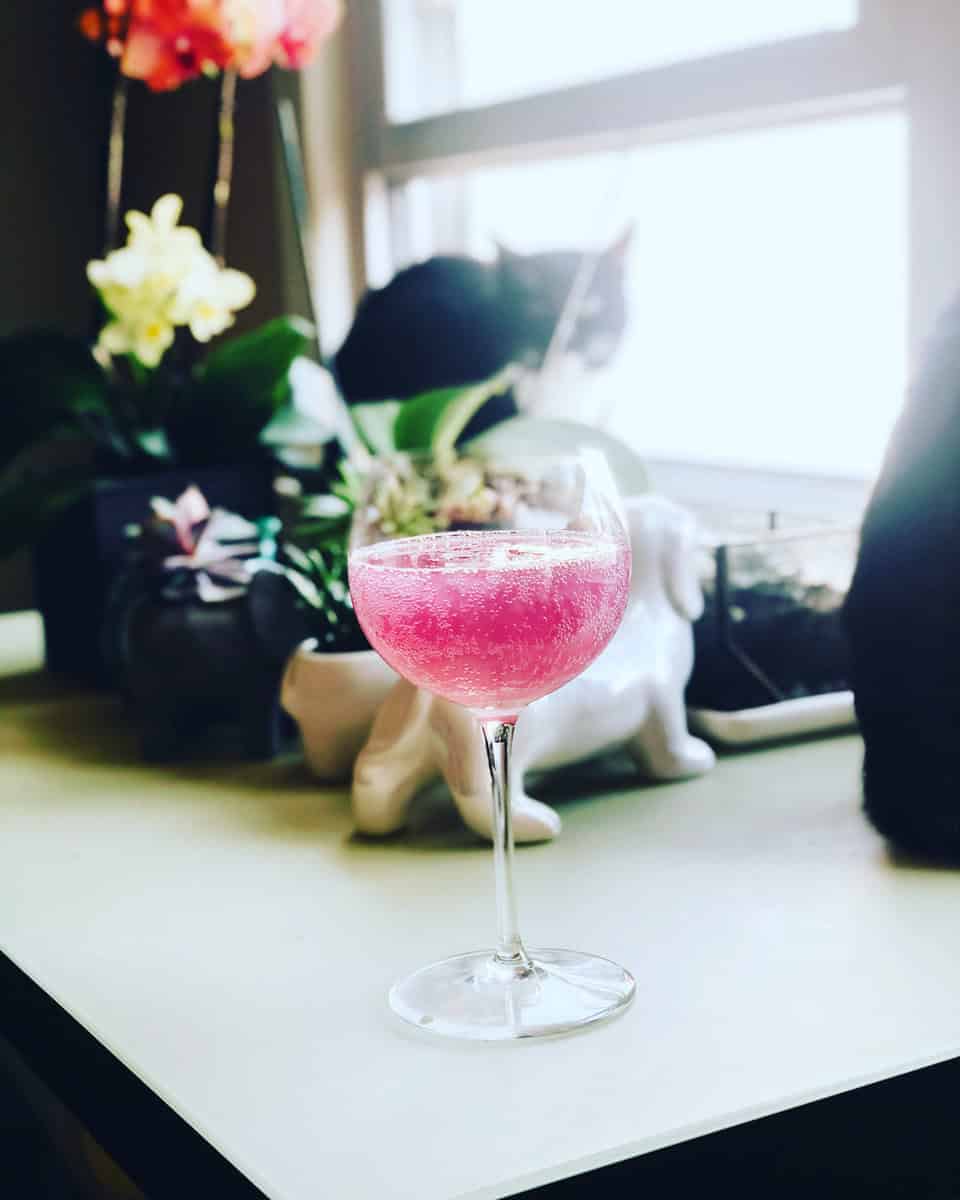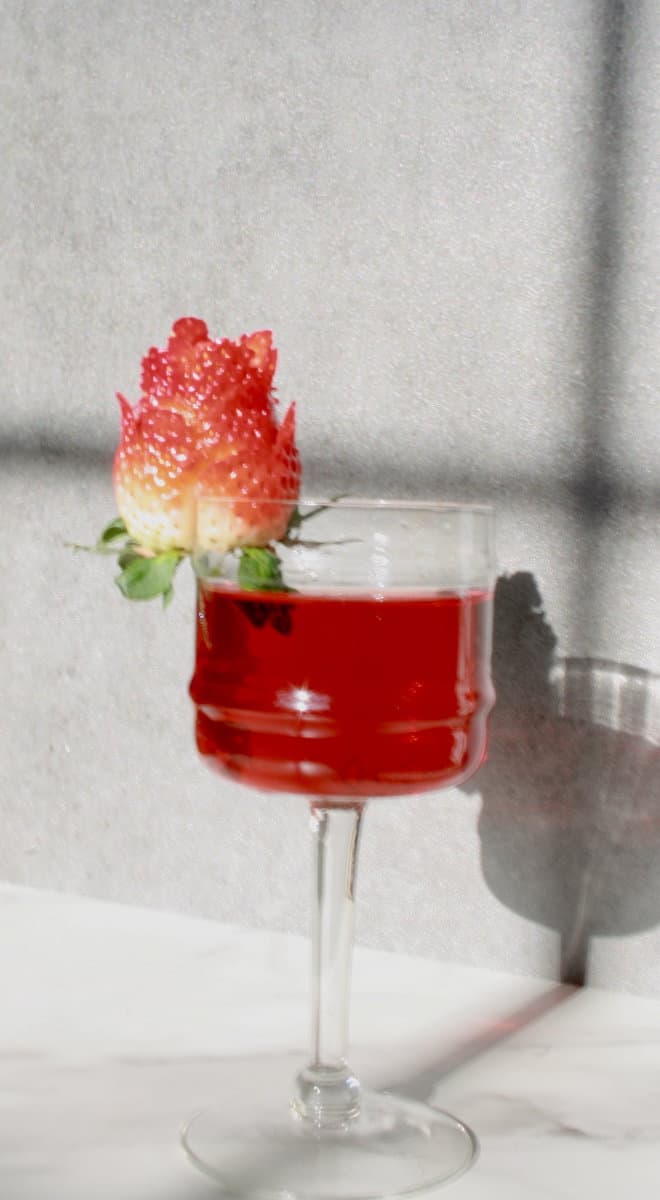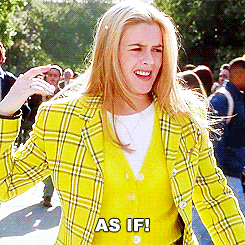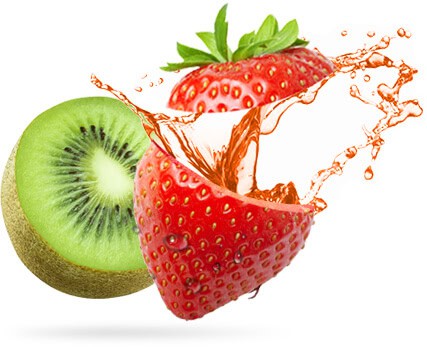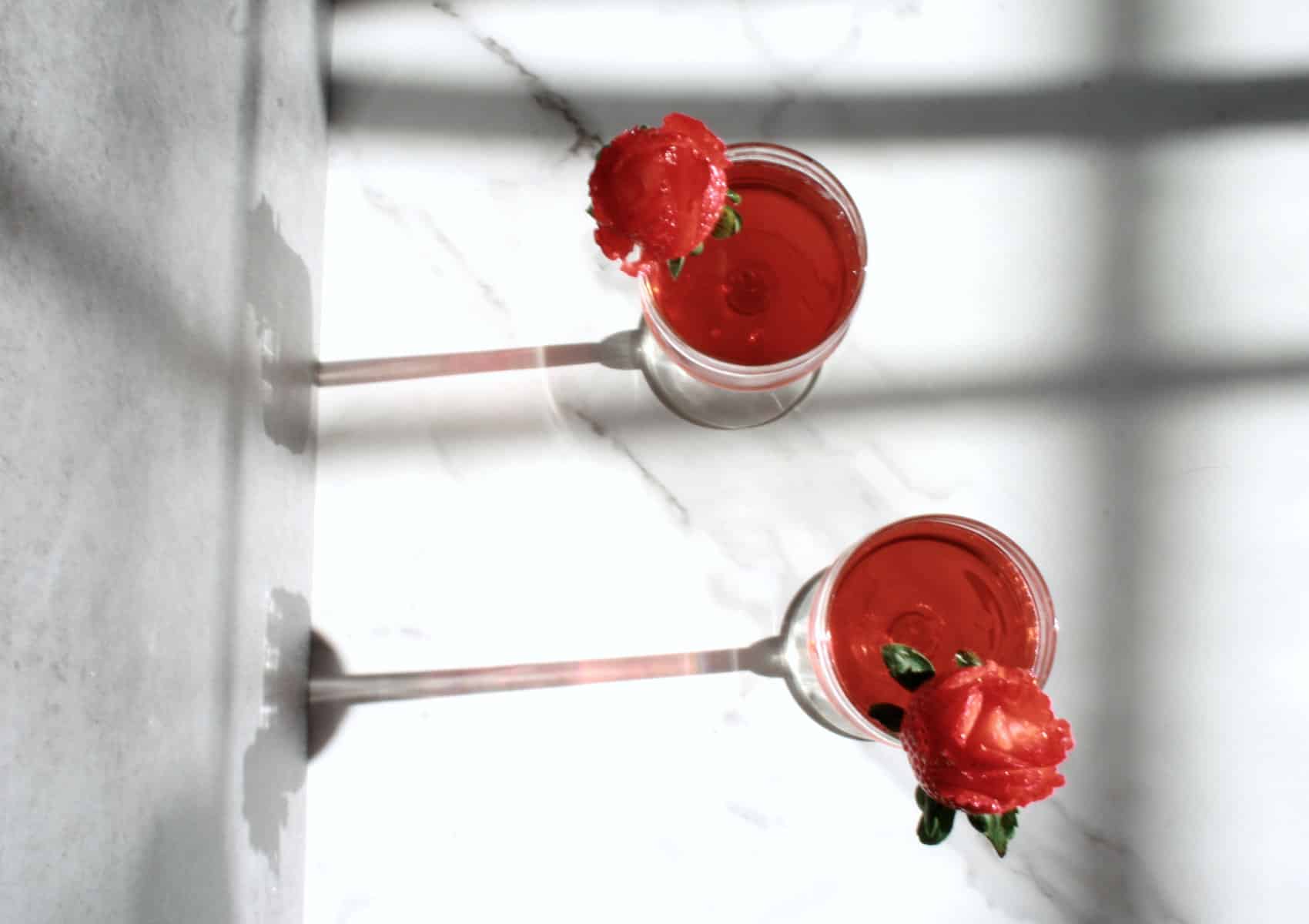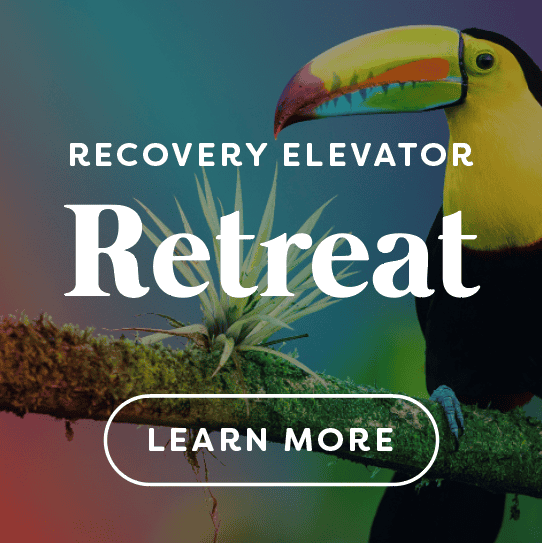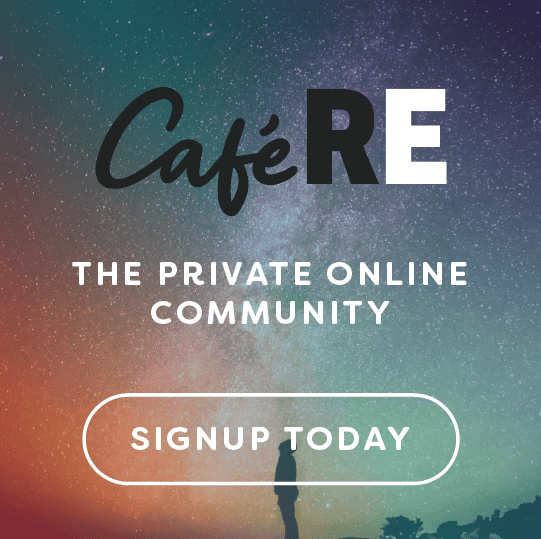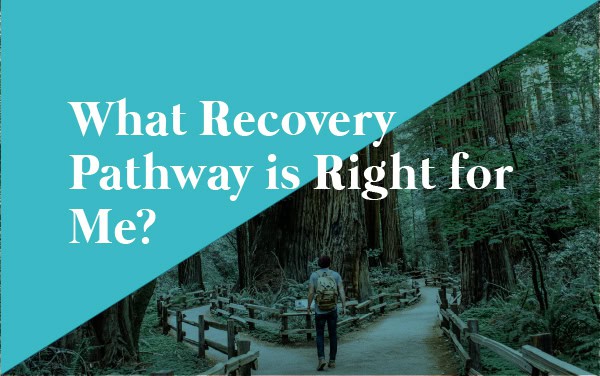
by Kerri MacFarlane | Jul 11, 2023 | Alcohol Free, Blog, Early Sobriety, Helpful Tips
In our Dry January course, REstore, Paul teaches a class covering the different recovery modalities. The good news is that In 2023, there are more ways to ditch the booze than ever before. Even just 10 years ago recovery took place in church basements with bad coffee and shitty donuts, but today the landscape is much different.
**Side note, Paul still goes to an AA meeting, in a church basement with bad coffee. He’s not dawging that way of recovery, he loves his Tuesday night AA meeting, but there are so many more methods, programs, techniques…you name it…available today.
So which pathway is right for you?
A couple caveats before we begin.
Caveat 1. If you are READY then ANY pathway is going to work for you. If you’re truly sick and tired of being sick and tired, then any of these programs will work. In addition, you HAVE to give them a solid try.
Caveat 2 – There is no right or wrong way to quit drinking. We’re going to give some recommendations, but it’s up to you to figure out what works best for you.
When building your recovery portfolio you want this work to be 50% external – 50% internal. At first, the internal work may be too big of an ask, but as your nervous system settles down, you want to aim for a balanced split.
Here are some quick examples of what external vs internal is:
External
- Driving to an AA meeting, or hopping on a Café RE zoom chat
- Phoning a sober friend
- Working with a sponsor
Internal
- Meditation
- Journaling
- Reading quit lit
When building out your recovery pathway Paul recommends this 5 tiered approach. .
5 Tiered Approach
- Community
- Action/Movement
- Inner Peace
- Knowledge
- Universe
- Community – Let’s talk programs that are community focused.
A.A., Smart Recovery, Dharma Recovery, Life Ring, Women for Recovery, Café RE, The Lucky Club, Meetup.com, online sober communities, Reddit, talkingsober.com, our sober Ukulele Course, Dry January and Photo courses, phoning a sober friend, 1:1 Interaction within another person in recovery. Meeting with a counselor or therapist falls under this community approach.
All of these tiers are important but this one is a BIG ONE. In order for you to get the most out of this, you have to first burn the ships, with yourself, then with your community. Burning the ships = Accountability which then = Community.
- Action/Movement
Yoga, dance, music, ecstatic dance, hiking, stretching, running, swimming, drumming on your desk. Your body is meant to move. Chemicals of wellbeing, endorphins, dopamine, and serotonin are released when we move. 3x a week, for 20 min is a good starting point.
- Inner Peace/Creation
Meditation, breathwork, sunrises, sunsets, time spent in nature, time spent with animals, float tank, relaxing, chanting, journaling, inner child work, singing, playing music, painting, writing poetry. This is where you create your new life that no longer requires alcohol. One reason why pen to paper is so effective is you can’t write as fast as the mind can think, so it slows down the thinking mind.
About animals – their nervous systems are much more intact, or less frenzied than ours. Animals live life from the hearts opposed to their human counterparts who live mostly in thought. A recent study shows that similar amount of oxytocin is released when we hug a dog compared to when we hug a human. And flip side to that, oxytocin, or the love molecule is released in dogs, when we pet them. If you’re feeling fraught, visit a petting zoo or kick it with a pet. Human nervous systems can attune themselves to more stable nervous systems, even those of animals.
- Knowledge
This is learning. This is empowering yourself with information. Podcasts, quit lit books, audiobooks, learn about healthy diets, learn about how the mind works. No you cannot read or listen yourself out of an addiction, but this is an important tier. Under this umbrella includes medicines both from the east and west. Perhaps Naltrexone, or the Sinclair method is something you may want to try. Naltrexone is a medication that blocks the euphoria response when we drink alcohol. Perhaps more shamanic approaches with medicines such as ayahuasca, psilocybin, San Pedro or Ibogaine may be right for you.
- The Universe
Lets get clear, this is not religion, but it is the spirituality component of recovery. One of the beautiful purposes of an addiction is it can flex the layers of the ego so much that they eventually snap…letting in what some will call their higher power.
When you say lines to yourself like, “I can’t live like this anymore.” The Universe is right there with you saying, “no problem, let me show you the way.”
Now go slow with the universe. This was the last of the five tiers to implement itself in Paul’s sobriety journey. This one most likely is on the universe’s clock and not yours. But be open, pay attention to the breadcrumbs of life and don’t be afraid to ask for assistance or guidance from the universe at any time.
There’s a well remixed line that has been floating around for several thousand years. Ask and you shall receive.
To recap, 50% internal, 50% external and hit a couple things from the five tiers ,and you’ll be just fine.
Remember, your recovery is always changing, because you are. It should change. What you’re doing now should look different than what you were doing a month or year ago.
***Taken from Recovery Elevator Podcast, Episode 425, host Paul Churchill***
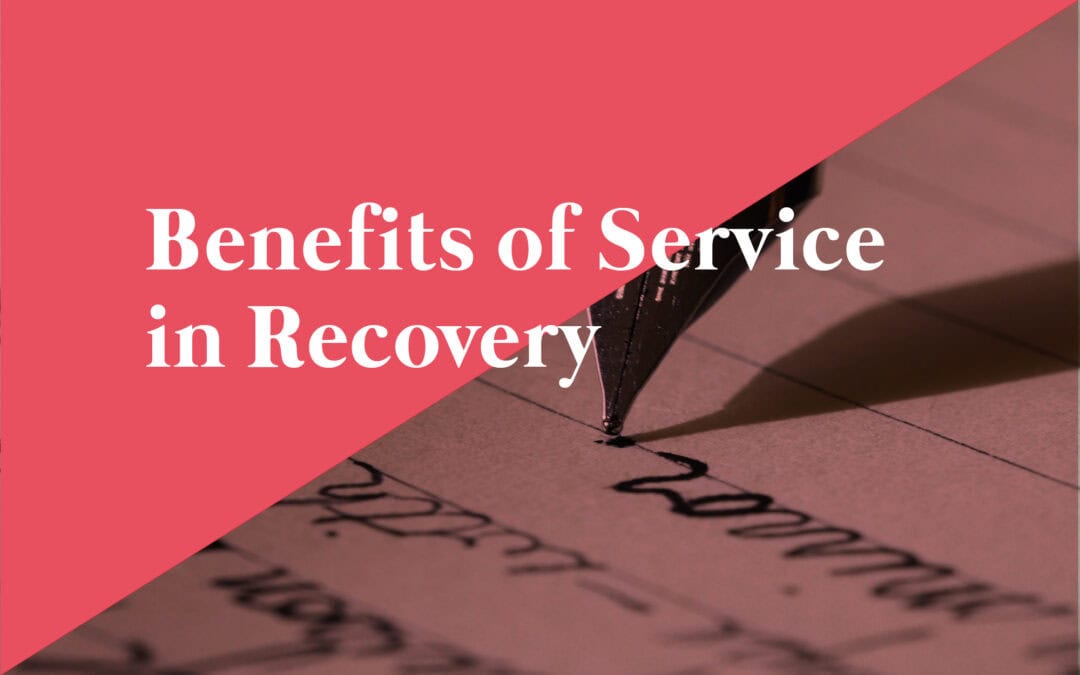
by RE Helper | Jun 13, 2023 | Alcohol Free, Blog, Helpful Tips, Resources, Service
Recovery Elevator is excited to offer a new type of blog experience to our readers! We are reaching out to our Café RE members and giving those that are interested the opportunity to be guest bloggers for our site. Think of it as a podcast interview in written form. You will get parts of their story along with tips and tools that they have found beneficial in their own recovery journey. Please let us know what you think, or perhaps topics you would like to see covered, in the comments.
I’m excited to bring our first guest blog submission to you today! Stephanie McCarroll has been a member of Café RE since August 2020, has been alcohol free since January 12, 2020 and is very active within the community. You can often find her on one of our daily ZOOM chats, if not hosting it, offering support and accountability to our members. Thank you Steph!!
Benefits of Service in Recovery
By Stephanie McCarroll
One of the most important aspects of long term recovery is being of service to others. At the early stages of sobriety, my focus was to get through the day sober. While sobriety continues to be my most valuable thing I have, my life moved past just getting through the day without a drink. A greater need arose in myself to heal and thrive in all areas of my life: physically, mentally, emotionally, socially and spiritually.
Like the disease we have, recovery is also progressive.
True recovery is a path beyond simple abstinence. Rather, it is a journey by which we build strength to face the wounds that may have led to addiction and create a flourishing sober life. Being a helpful and valuable part of my recovery community is an integral part of such a life, and it is deeply nourishing to our social and spiritual wellbeing.
Alcohol isolated us.
It demanded we put our substance abuse above all others in our lives. Some of us feel a great deal of guilt for the time lost to our addiction. Although we cannot go back and erase our mistakes, our addiction gave us insight of what slavery to alcohol looked like. Hearing that other alcoholics could stop and recover was something that inspired us to keep fighting. We were no longer alone. We had evidence we could recover.
For those who have shared their stories, they chose to be of service, giving powerful testimony of the benefits of living an alcohol free life. In recovery, the idea of service could be a new, daunting thought. Yet, giving back to our communities provides us with so many benefits.
Science has proven that being of service positively affects your brain and mental health. According to research, when you give your time and resources to people in need, your brain activates pleasure sensors, giving you a feeling of wellbeing. In this way, being of service in recovery is a form of self-care and lifts our spirits. It also helps us to manage stress.
It also helps us rediscover our self-worth. It means being part of something bigger. At Cafe RE, members are encouraged to find ways to be of service wherever possible. Because Cafe RE is an intimate community, members volunteer to host chats and participate in community service projects.
In recovery, my art of writing has been rediscovered. Like those who had a fondness for music and photography, I wanted to reach out to the writers. This prompted me to inquire about the possibility of forming a members-driven Guest Blog for Recovery Elevator. Paul said YES!
In finding the right service opportunity for you, it can be helpful to tune into your passions and what makes you come alive. Being in recovery is a beautiful gift that gives you the chance to pursue the things you love most about life, things that may have been robbed from you during your addiction.
If you would like to give back to the recovery community and guest blog, please contact kmac@recoveryelevator.com. We know our members have a lot to say and want to be of service. We are excited for this new endeavor and know it will help a lot of people.
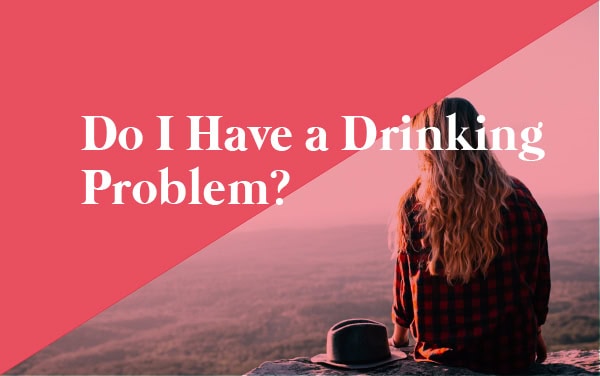
by Kerri MacFarlane | May 15, 2023 | Alcohol Free, Blog, Helpful Tips, Resources
Today is the day! Today is the day we are going to find out if you have a drinking problem…or not. Are you ready?
For Paul, when it finally sunk in that he did indeed have a drinking problem (and a good one at that!) two things happened.
First…he was like, “Oh F&#K!”
Then…immediately after, as this truth spread into his body, to his bones, to his conscious, his unconscious, to the heart, to the liver, something neat happened. An incredible amount of energy was instantly liberated.
For two reasons.
- The stigma or label of an alcoholic didn’t change who he was. He was still alive.
- But more importantly…all the energy, the incessant thinking he had of…
- Do I drink, or not?
- Do I have a problem, or not?
- How am I going to control my next session of drinking?
- How am I going to hide it?
- Let’s do our best not to black out before 8 pm.
- Do I have enough shitty box wine back home?
- Let’s not let people know we’ve already had 9 drinks before meeting up at the bar.
ALL of that went away instantly.
In fact the worst place a person can be with a drinking problem is in limbo. The do I or don’t I phase. (Paul covers this in Episode 417).
So for this diagnostic, we are going to use the test listed in the DSM 5, or the diagnostically statical manual which is what most psychologists and/or therapists have somewhere on their shelves.
There’s 11 YES or NO questions. If you answer YES to 2 of the questions, if you meet 2 of the 11 criteria, within the past 12 months, they call it an Alcohol Use Disorder.
THE TEST
- Do you sometimes have difficulty controlling how much you drink or for how long you drink alcohol?
- Have you made unsuccessful attempts to cut down your drinking?
- Do you sometimes spend a significant amount of time drinking or recovering from drinking?
- Has your alcohol use had any negative consequences at home, school, or work? (Have you ever lost time off work because of your drinking?)
- Has your alcohol use had any negative consequences to your relationships or social life? (Have you ever concealed how much you drink? Has anyone ever commented on your drinking?)
- Have you continued to use despite any negative consequences?
- Have you put off things or neglected to do things because of your alcohol use? (Have you ever disappointed your family or friends? Have you ever missed a family event?)
- Do you occasionally have strong cravings for alcohol?
- Has your tolerance for alcohol increased? Are you able to drink more than you did before?
- Have you experienced withdrawal symptoms the next day after drinking? (Have you ever been shaky or sweaty that evening or the next day?)
- Has your alcohol use led to any dangerous situations? (Have you ever been charged with impaired driving?)
Paul has always strived to be a good student, and was “happy” to report a score of 100%. 11/11. For shits and giggles, let’s’ cover what it means if you didn’t ace this like he did.
WHAT IT ALL MEANS
The presence of at least two of these symptoms means you have an AUD. If you have two to three symptoms, it’s considered mild; four to five symptoms is considered moderate; six or more symptoms is considered severe. (If you don’t fall into the severe category, a mild diagnosis can still warrant concern, as it may be the start of a larger problem.)
A couple things before we wrap this up. If you have a drinking problem, life isn’t over…in fact, it’s just beginning.
Some of you may have just learned you have a drinking problem. If this is devastating to you, go to Episode 411 where Paul talks about the grateful alcoholic.
Paul had one more bit of info in his notes from Episode 428 If you find yourself listening to a sobriety podcast (or reading this blog), and you’re not a therapist, a doctor, or listening so that you can support a loved one, then YOU have a drinking problem. If you question whether or not you have a drinking problem, you just answered that question. The bigger question is…what are you going to do about it?
***Taken from Recovery Elevator Podcast, Episode 428, host Paul Churchill***
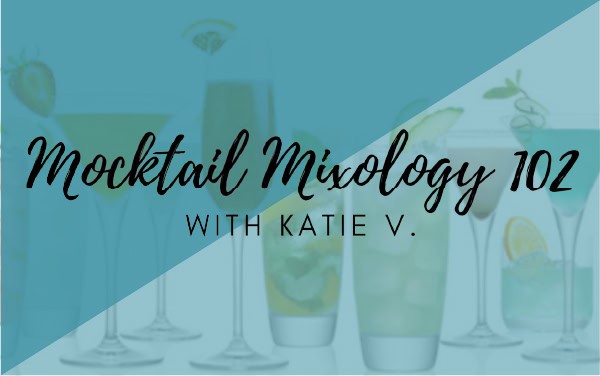
by RE Helper | Apr 16, 2023 | Alcohol Free, Blog, Mocktail, Recipe
I hope I’m not disappointing my 4 readers (hi Roxanne, Robyn, Kerri and Trisha!) No mocktail recipe this month. But I will throw in my favorite homemade ice cream recipe as of late for a little change up. Lately my mocktails have been top secret as I’ve been writing one for a friend that’s getting married this month.
Being my reflective self, I realized that it 2 years ago exactly I hosted my first a mocktail class with Café RE. I’m really proud of myself for becoming comfortable enough with myself to be known as someone who makes mocktails. And not just mocktails, but delicious ones that people request.
We can say it, Sobriety is weird sometimes. How do you make friends? What do you do with your hands?
When does my “ASK MY ABOUT MY BEING SOBER” tee shirt arrive that is now a requirement to wear to all parties?
All of a sudden you can feel 14 again, but actually be 39. So figuring out who you are next can be hard and takes some time to get comfortable in a new skin. I liked to make and drink cocktails before I stopped drinking, so why should that stop just because there’s no more booze in my drink? Happy to be making cocktails still.
All that said and now here’s your recipe for this month.
Birthday Cake Ice Cream
Serves 1 (because Ice cream isn’t meant for sharing)
Ingredients
- 2 C heavy cream
- 1 C whole milk
- ¾ C sugar
- ⅛ t sea salt
- 1 t vanilla extract
- 1 t almond extract
- 1/4 cup sprinkles or jimmies
1- Pour 1 cup of the cream into a saucepan and add the sugar, salt and vanilla. Warm mixture over medium / low heat until the sugar has just dissolved. Remove from the heat and add the remaining cream, milk, and almond extract. Stir to combine and chill in the refrigerator for 2 hours.
2- Once chilled Whisk mixture and pour into ice cream maker. Make according to manufacturer’s instructions. Last 5 minutes add sprinkles and finish churn.
3- Eat.
Until next time!
Love and Mocktails,
Kate
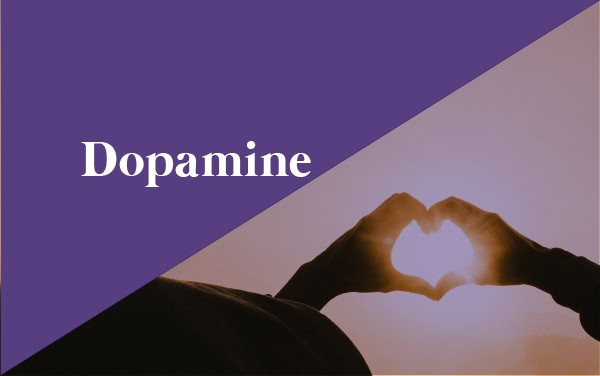
by Kerri MacFarlane | Mar 15, 2023 | Alcohol Free, Helpful Tips, Science and alcohol
Let’s talk about dopamine!
If we are to properly discuss alcohol addiction we will soon come to the molecule dopamine. Dopamine is a neurotransmitter commonly coined as the pleasure molecule, but that’s not entirely correct. Dopamine is more accurately described as the learning molecule. However, it’s definitely a combination of both. Dopamine is the molecule that has kept us alive for thousands of years. It’s the chemical that drives us to eat, to find warmth, shelter, to find a mate, and puts a smile on our faces when we high five or hug another human being.
Another neat fact about dopamine is once we take action towards a goal, we get a little blast of dopamine. The human dopamine system is like a see-saw, as a dopamine hit brings about pleasure, and then is quickly followed by pain or a lack of dopamine. What goes up, must come down. This is to keep us motivated and it worked great when we were hunters and gatherers and we had to constantly search for our basic needs – food, water, and shelter.
But, in the modern world we live in a world of abundance rather than scarcity, and our brains have not evolved for the “fire hose of dopamine” of sugar, social media, TV, sex, drugs, ALCOHOL, or any number of dopamine-triggering stimuli so easily available.
In short, it could be said that in the modern era, we are all addicts running from fix to fix, which is a reason why on average people open their smartphones around 100 times per day averaging 2,600 swipes, taps, or touches.
Many of us reached a phase in our drinking when we no longer drank to feel good, instead we drank to feel “normal”. I know there are some heads nodding right now.
This is 100% tied to dopamine.
When we drink we open the flood gates to the dopamine system, and then the dopamine system tries to reset itself by creating a deficit the next day, or next couple of days. We then are even more motivated to reach for that drink to offset the treacherous feelings of the dopamine deficit. Think merry-go-round. ?
When people do cold plunges, or ice baths, it has the same effect on the dopamine system..but backwards. You experience the pain of the cold water first, then you get a rush of feel good dopamine. Cold plungers are chasing dopamine just like alcoholics.
Countless books have been written on what addition is and its causes. Most would agree it isn’t any one thing, but many things. One reason why some are more susceptible for addiction is based on the makeup of their dopamine system. We have nearly 8 billion humans on the planet and there are 8 billion different dopamine systems. We don’t all experience pleasure and pain the same. When we put our hands in front of a fire, we don’t all feel the warmth equally
It’s quite possible that those who struggle with addiction have enhanced dopamine receptors. Does everyone have the same experience when they take their first drink? Absolutely not. But one commonality that Paul has noticed after interviewing hundreds on the Recovery Elevator podcast is that when those of us that struggle with alcohol take our first drink there’s a light show going off in our dopamine system.
On the flip side, Paul has asked many normal drinkers what their first drink was like, and the common response was eh, it was okay.
This lends truth to the idea that those with enhanced dopamine receptors are more prone to addiction.
Let’s get real. We need that dopamine hit. As human beings after all, it’s what keeps us going, it’s what keeps us alive.
So what are healthy, or healthier, ways to get that dopamine hit? What is the best form of dopamine? Or perhaps the safest?
Well here’s a couple of ideas…
Intimate connection with other human beings. “We know that when we make intimate human connections, oxytocin binds dopamine, releasing neurons in the reward pathway and dopamine is released and it feels really good.”
The opposite of addiction is connection.
Radical honesty – Dopamine is released when we are radically honest with ourselves and others. Studies show that when we are honest about who we are, what we can and can’t control, a healthy amount of dopamine is released. (To be fair, dopamine is also released when we are dishonest.)
Here’s another thing to remember with dopamine. Neurologically, neurons that fire together wire together. When we drink we reinforce dopamine pathways related to alcohol making it harder for us to release dopamine in healthier ways.
If you’re looking for more info on Dopamine, I highly recommend the book Dopamine Nation, by Anna Lembke.
***Taken from Recovery Elevator Podcast, episode 415, host Paul Churchill***
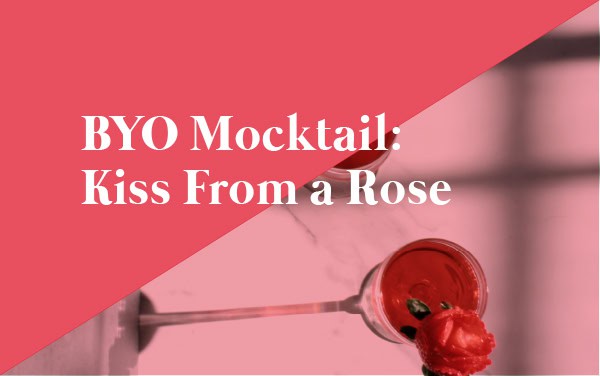
by RE Helper | Feb 15, 2023 | Alcohol Free, Blog, Mocktail, Recipe, Resources
This past year I have been working for a large international women’s retail clothing store. I have the first hand knowledge of how fashion is coming back around… the good and the bad. The return lately has been to the fashion of the early 90s, grunge but with a little more sophistication and polish.
While I am not loving the low rise jeans that are back (can we please just not) and overalls, I am loving the return of Clueless and Cher’s plaid suit, slip dresses, a cropped sweatshirt and a good bias cut.
Having my head so firmly in the 90’s and a lot of time on my hands has led me to day dreaming back to that magical time as well. In my high school, before parents worried as much about what we ate during the day, I would buy a Snapple Kiwi Strawberry drink everyday for $1.25 and drink it with my lunch. Something sweet and tart at the same time really hit the spot.
I think I just heard the 3 people who
read this blog get really excited!!
They know where this is going!
Kiss from a Rose
Serves 2
Prep time: 15 minutes + cooling time
Ingredients Simple Syrup
- Handful of strawberries, rough chopped
- 2 Kiwis peeled and rough chopped
- 1/2 c. sugar
- 1/2 c. water
Additional Ingredients
- Seltzer of your choice
- 1t of balsamic syrup
To make the syrup
Add all ingredients to a pan and bring to a boil over medium head, stirring until the sugar is dissolved. Once boiling reduce heat and let simmer for 10 minutes. Strain and allow to cool. Store in an airtight container in the refrigerator for up to 1 month
To make the cocktail
Add 1T of the simply syrup, add 1t balsamic syrup (try a berry flavored one) top with seltzer of your choice and stir.
The Recovery Elevator podcast last week was about the AF beverage (S4 / E416), go check it out and let us know where your feelings lie on this!
Love and Mocktails,
Kate






